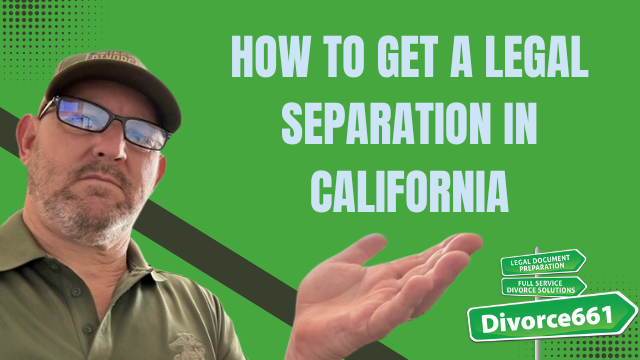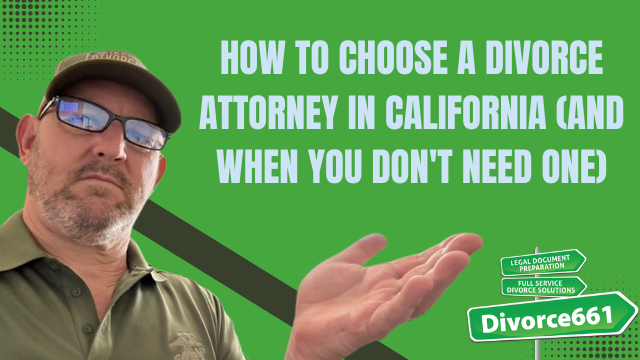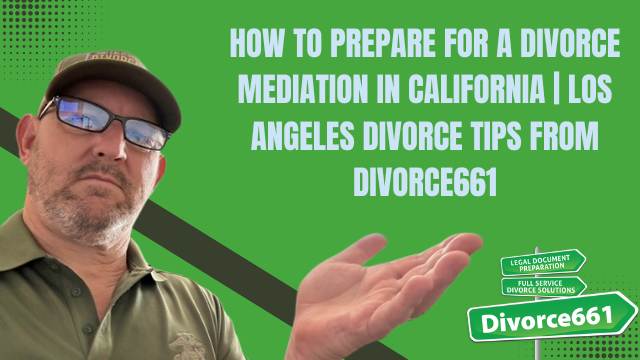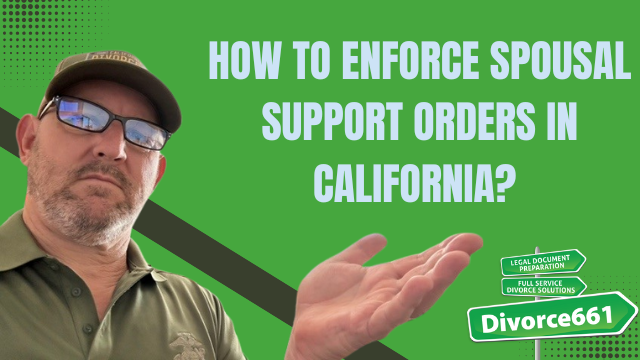How to Annul a Marriage in California? | Los Angeles Divorce
I’m Tim Blankenship of Divorce661. In this article I’ll explain what an annulment is in California, the limited grounds that qualify, how the process differs from divorce, and how we can help you—remotely and for a flat fee.
What is an annulment?
An annulment erases a marriage as if it never existed.
Unlike a divorce, which ends a legally valid marriage moving forward, an annulment declares the marriage void or voidable from the start. That legal difference matters for property, benefits, and how the marriage is treated under the law.
Legal grounds for annulment in California
Annulments are granted only in specific, serious situations. The most common grounds include:
- Fraud: One spouse was induced into marriage by intentional deception about an essential fact.
- Bigamy: One spouse was already legally married to someone else when the second marriage occurred.
- Force or coercion: The marriage was entered into under duress or threats.
- Incapacity: Examples include being underage without proper consent or lacking mental capacity to consent to marriage.
These are legal standards, not mere personal complaints. Each ground requires evidence and proper legal pleading to succeed.
Real-life example: bigamy annulment
We had a client who discovered their spouse was still legally married to someone else. That’s a clear case of bigamy. Because we filed the correct annulment paperwork, the court declared the marriage void and we avoided a lengthy divorce. When the grounds are clear and the paperwork is done correctly, annulments can be quicker and less burdensome than traditional divorces.
How the annulment process generally works
- Consultation: Review the facts to determine whether you realistically qualify for annulment.
- Gather evidence: Documentation that proves fraud, prior marriage, coercion, or incapacity is critical.
- File the petition: Prepare and file the appropriate annulment forms with the court.
- Serve the other party: The spouse must be served with the petition unless the court allows otherwise.
- Court review/hearing: The court evaluates the evidence and decides whether to void the marriage.
- Final paperwork: If granted, the court issues an order declaring the marriage void; ensure all related documents reflect that outcome.
Filing the correct forms and presenting clear evidence is key. Even a straightforward case can stall without the right paperwork or legal presentation.
Do you qualify—or do you need a divorce?
If you suspect your marriage may not be valid, the first step is to determine whether your situation fits one of the narrow legal grounds for annulment. If it doesn’t, a divorce will usually be the appropriate route.
We offer a free consultation to review your facts and recommend the best path. Our services include flat-fee annulment and divorce help, with 100% remote filing across California—so you can handle everything from home without unnecessary court hassle.
Next steps and how we can help
- Get a clear assessment of whether you qualify for annulment.
- Let us prepare and file the correct paperwork to avoid delays.
- Use our flat-fee, remote service to simplify the process and reduce stress.
Not sure if your marriage is valid? Request a free consultation at Divorce661.com to review your options and take control of your future with confidence. We’re here to help you move forward and ensure your peace of mind.










